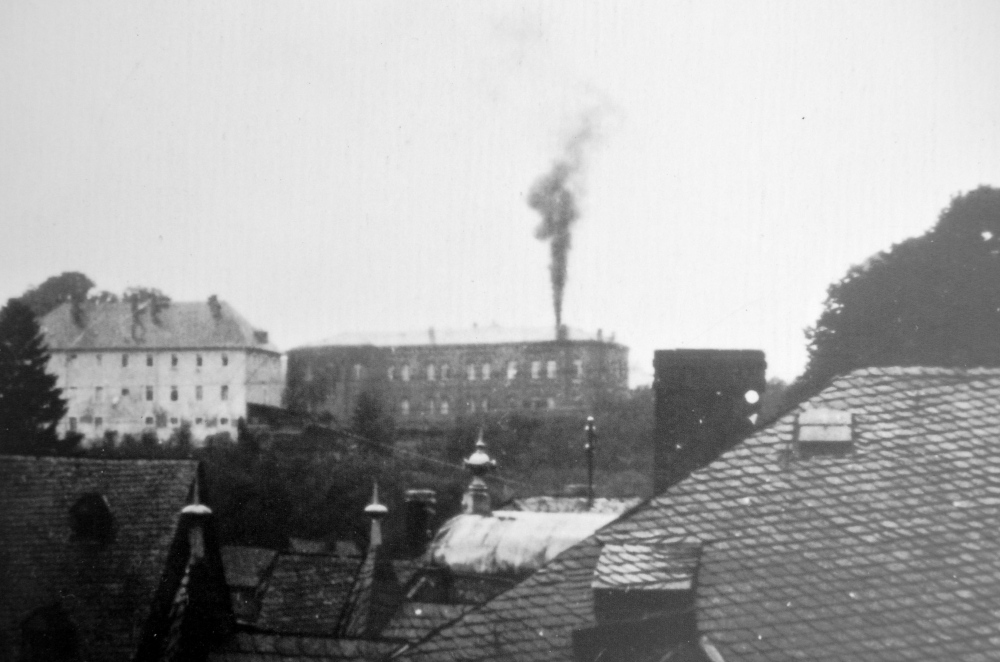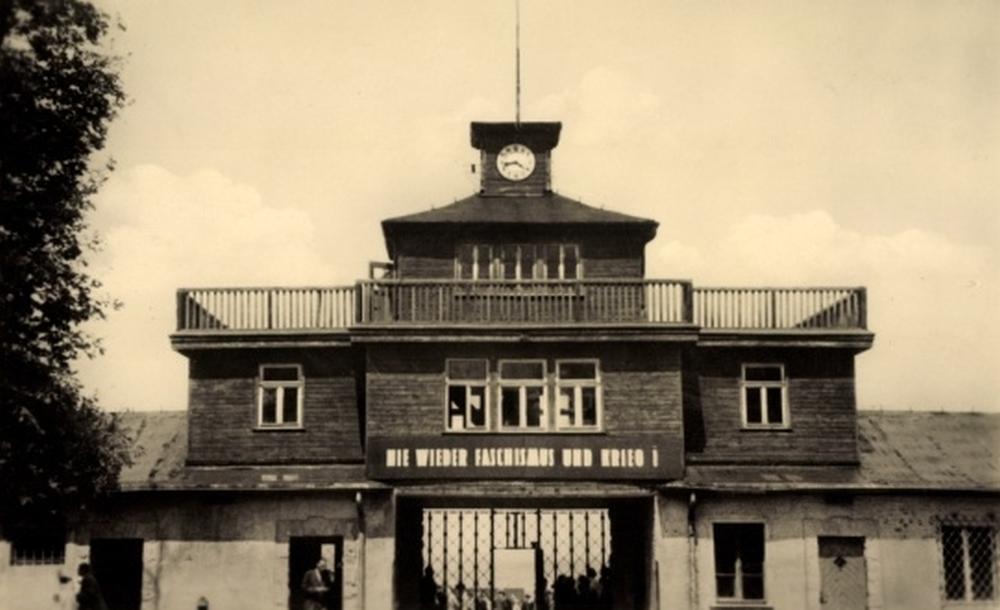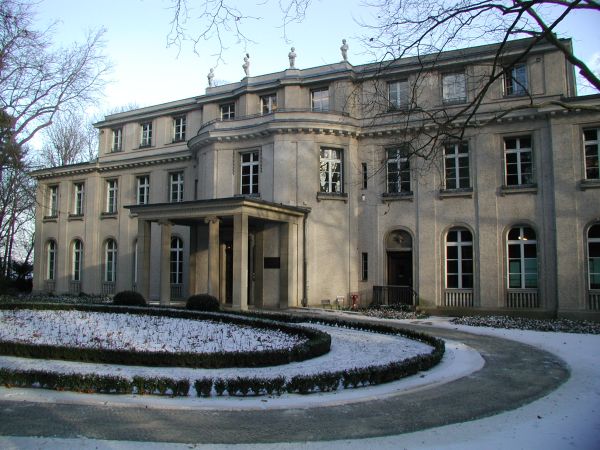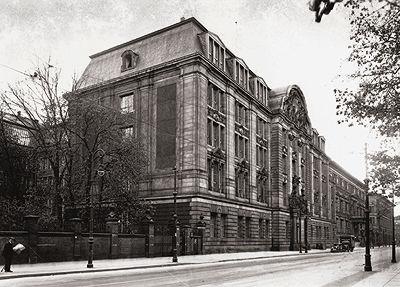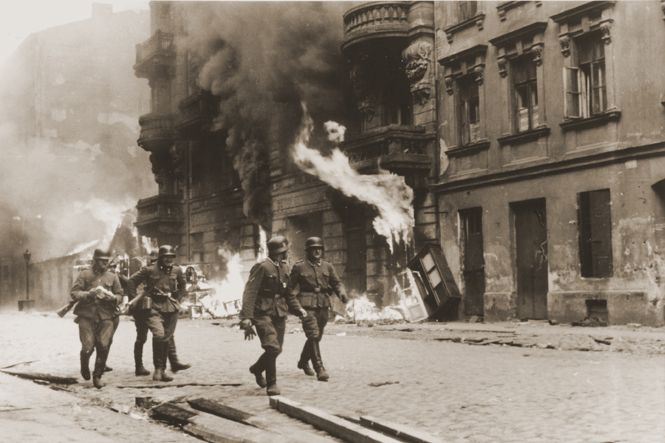Newest articles
- Article by Carmèn L. Gopalrai
- Published on October 5th, 2025
Hadamar killing centre
Under Hitler’s euthanasia program ultimately approximately 200,000 chronically sick, or physically, mentally, or intellectually disabled persons were killed. Amongst them were children and babies. An estimated additional 100,000 individuals, mostly prisoners of Eastern Europe and Jewish prisoners, were also murdered under the program.
- Article by Michèl Admiraal
- Published on September 18th, 2024
Concentration camp Ravensbrück
Women and Ravensbrück are closely connected but Ravensbrück was more than just a concentration camp for women. In the course of the years it was expanded into a complex consisting of the women’s camp, a men’s camp, the Jugendschutzlager Uckermarck and 42 satellite camps. It was the first camp in which men as well as women were imprisoned. From the opening on May 15, 1939 until the liberation on April 30, 1945, some 132,000 women and children, 20,000 men and 1,100 Jugendschutzlager girls from over 40 countries were registered. During that period, some 28,000 people died in the various locations. An estimated 20% of all female prisoners, some 26,000 was Jewish.
- Article by Kevin Prenger
- Published on July 6th, 2024
Concentration camps
The concentration camps are closely intertwined in the history of the Third Reich. Various political, ideological and racial opponents of the Nazis were locked up in there in order to prevent them from thwarting Hitlers dream: a Reich that would last a thousand years. It is generally known that many people perished in the concentration camps and the numerous eyewitness accounts have made clear how inhuman the conditions were in those camps. Suppression, maltreatment and murder are frequently recurring elements in each account and for us, the concentration camp is synonymous to the regime of terror in the Third Reich.
- Article by Kevin Prenger
- Published on November 15th, 2022
Wannsee Conference
On January 20, 1942, a conference was held in a villa on the Wannsee near Berlin. Subject of discussion was the Endlösubg der Judenfrage. Fourteen high ranking officials of the various ministerial departments and SS officers, chaired by Reinhard Heydrich, discussed the plan to exterminate all European Jews.
- Article by Kevin Prenger
- Published on October 31st, 2022
Geheime Staatspolizei
One of the organization most closely associated with Nazi terror is undoubtedly the Geheime Staatspolizei - secret state police - or in short Gestapo. From 1933 until the end of the war, the Gestapo was synonymous with terror, torture and murder and even after the war, memories of the Gestapo still cause great fear among many. The Gestapo grew into a true myth and an idea that even in our time enjoys enormous familiarity. Today, police forces that do not respect human rights are still labeled Gestapo-like organizations.
- Article by Kevin Prenger
- Published on February 7th, 2021
Uprising and liquidation of the Warsaw Ghetto
When the Nazis began the final evacuation of the Warsaw ghetto on 19 April 1943, they met with fierce resistance. Jewish men and women had armed themselves and formed a fighting squad. They wanted to take revenge against the Germans who had deported their family members to the Treblinka extermination camp in the previous months. This time they decided that they would not be slaughtered without putting up a fight.
